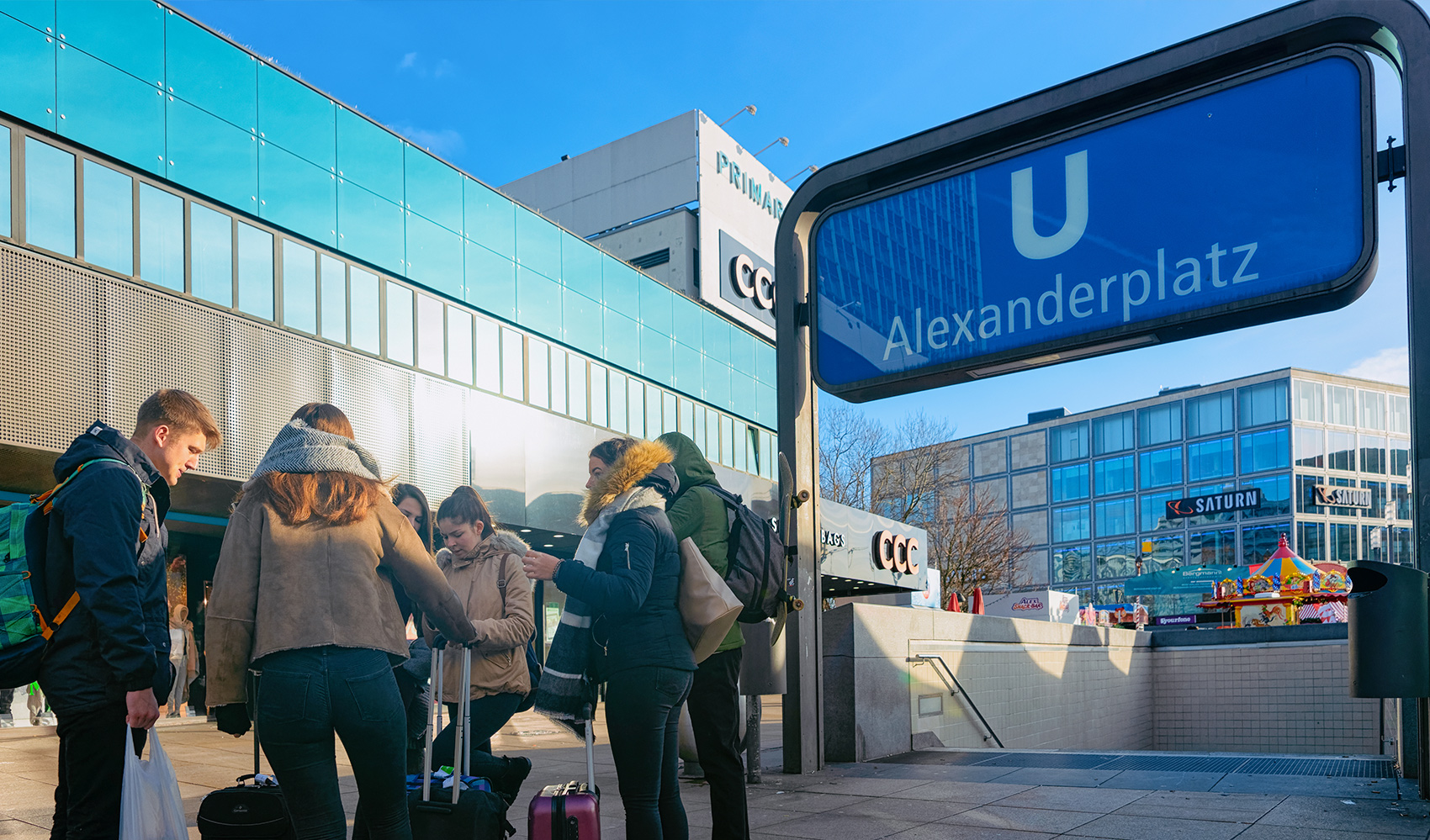A case of the common cold or flu can stop you in your tracks. Apart from feeling dreadful, you might also have to miss work, skip social events and rest at home until your symptoms disappear. This can be disruptive to your life and those around you. So, where are you most at risk of catching a cold?
Unsurprisingly, you’re most likely to catch a cold in crowded places where you’re in close contact with others. Social distancing has become a common practice during the pandemic, and it’s one of the most effective ways to avoid respiratory viruses like colds and the flu. However, what happens when you’re not able to socially distance? Riding the train, visiting the doctor or working in an office are unavoidable realities for many people.
Winter is coming, and it’s expected to be a particularly bad year for cold and flu viruses, so let’s look at how you can protect yourself in crowded places.
What is the common cold?
The common cold isn’t caused by one specific virus. Any number of 200 different viruses can cause it, but up to 40%1 are caused by rhinoviruses. Typical symptoms of a cold include:
- Runny or blocked nose
- Sneezing
- Sore throat
- Cough
- Fatigue
- Headaches
- Low-grade fever
Adults are thought to catch an average of two to three colds per year2. Most people recover from a cold after 7-10 days with rest and basic care at home. Those more vulnerable, like older people, or people with other health conditions, may have more compromised immune systems and take longer to recover from a cold.
How is the cold spread?
Cold viruses are spread person-to-person through the air or through close personal contact. Many of these viruses can live on surfaces for hours or even days. When an infected person talks, coughs or sneezes, particles are sprayed into the air. Research has shown that a sneeze can launch a fine mist of mucus and saliva from a person’s mouth as far as 8 metres3. This isn’t much comfort when in crowded indoor spaces like offices, airplanes, schools, restaurants and bars, which are prime locations for cold viruses to spread to multiple people.
Simply coming into contact with the virus won’t necessarily lead to an infection. The particles must be inhaled and enter your respiratory tract cells (mucosa). The same can occur with surface contact when you touch something, like a doorknob or railing containing the active virus, then connect with your mouth, nose or eyes. While our natural defences like the mucous lining in our nose provide a barrier, common cold viruses have evolved to penetrate this by presenting a vast amount of virus.
What are the most common places to catch a cold?
Colds are more common in winter, but you can catch a cold any time of the year. There are some typically crowded places where you’re more likely to catch a cold or the flu, and some measures you can take to protect yourself.
Public transport
If you catch the train or bus regularly, you will know that it can get very cramped, especially in busy cities. With more cold viruses around, it can be stressful when you’re packed like sardines into a small space, with people talking, laughing, coughing and sneezing all around you. Wearing a mask, washing or sanitising your hands, or travelling at a less busy time will help to prevent infection.
Workplace
If you work indoors in an office, warehouse or a hospitality venue like a restaurant, you are likely to come into contact with lots of people. It can be especially concerning if your workplace has poor ventilation. Opening windows and doors, using air filtration systems and practicing good hand hygiene will all assist in slowing the spread of colds.
Large venues
Shouting and chanting at sporting events, singing at church, or just being stuck with someone coughing and sneezing behind you at the cinema make these large venues prime targets for spreading cold viruses. If you’re concerned about catching a cold or flu, it’s best to be mindful in these settings – wear a mask, keep your hands clean and keep a safe distance from others to minimise the risk.
Shopping centers
Touching shopping trolleys, handling cash and being in close quarters with lots of people make the supermarket a higher risk place for catching a cold. Visiting the shopping centre is usually unavoidable, so you can take the usual measures to protect yourself, or consider having items home delivered or shopping at an outdoor market.
Doctor’s office or hospital
Doctors’ clinics are famously common places to catch a cold. Sitting in the waiting room among many other sick people who may be coughing or sneezing is not ideal if you’re trying to avoid becoming ill. If possible, consider whether you can meet with your doctor on a video or telephone call. If you have to go in person, wear a mask, socially distance and sanitise your hands.
Aged care homes
When visiting an elderly relative in an aged care facility, it’s vital to protect them by not bringing in any potentially harmful germs. Do not visit if you feel unwell; wear a face covering and keep a safe distance.
Airports and airplanes
The aviation industry is making a comeback after two years of lockdowns and travel restrictions, but how risky is air travel for catching a cold? Standing in queues, going through security and using touchscreens make airports prime environments for spreading viruses. Once on the plane, you benefit from air filtration systems that constantly clean the air on board. However, catching a cold is still possible if an infected person is talking or coughing near you.
Restaurants
Most of us enjoy going out for a meal, but with people eating and talking all around us, there is a greater risk of catching a cold. Wearing a mask while eating or drinking isn’t practical, so this is a risk most people choose to take. Washing your hands after touching surfaces and trying to socially distance where possible will help.
How can you reduce your chance of catching a cold?
In addition to wearing a mask, socially distancing and practicing good hygiene, you can add another layer of protection with VIRALEZE™ in all those crowded places. This new antiviral nasal spray has been proven in laboratory studies to physically trap and block, and thereby inactivate, cold and respiratory viruses in the nose4. VIRALEZE™ forms a protective moisture barrier that can help to trap and block these viruses before they spread throughout the body. Keep yourself and your loved ones healthy this winter, and don’t let a cold or the flu put the brakes on your plans.
1https://www.webmd.com/cold-and-flu/cold-guide/common_cold_causes
2https://www.healthline.com/health/cold-flu/cold
4Always read the label and follow the instructions for use. This medical device is a regulated health product which bears, under this regulation, the CE marking. Do not use if you have a history of sensitivity to any ingredient in the formulation. Not for use in children under the age of 12 years. See a doctor If you are pregnant or breastfeeding. For information on how to use, and for a list of warnings and precautions, click here.






